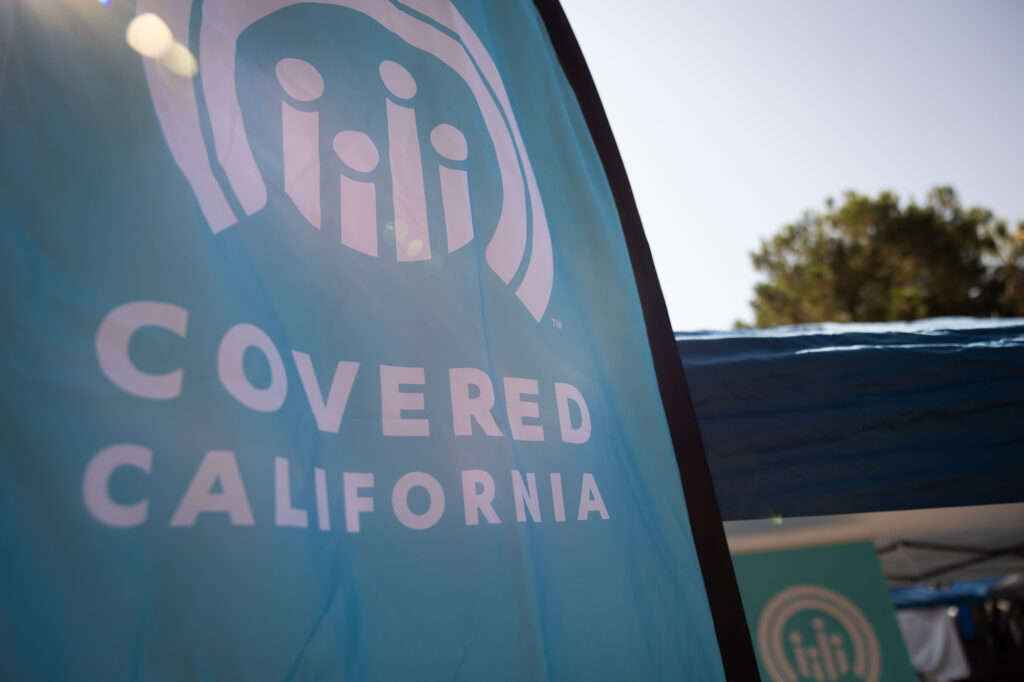In summary
California is one of four states that imposes a tax on uninsured households. Many people who pay fines are eligible for highly subsidized health insurance through Covered California.
Californians without health insurance continue to face tax penalties this year, and state officials say some may end up paying more in penalties than they spend on health insurance.
That's because some of them qualify for highly subsidized insurance but don't know it. California's insurance marketplace, Covered California, offers health insurance for as little as $10 a month, and prices vary based on household income and number of people in your household, location and age.
“In some cases, many people are paying far more in penalties than they would pay to receive peace of mind and compensation. It should never happen and we all need to take action on this. “We should heed this call,” Jessica Altman, executive director of Covered California, the state's insurance marketplace, said at a board meeting in February.
During the 2022 tax season, the most recent year for which data is available, more than 271,000 households paid penalties for not having health insurance in the previous year, according to the Franchise Tax Board. Together, these Californians paid about $312 million to the state.
What was the average fine per household that year? $1,149.
California is one of four states and the District of Columbia that imposes penalties on residents who do not have health insurance. This tax season, Californians could face penalties of up to $850 per adult and $425 per child for health insurance premiums.
Who pays California health insurance penalties?
Low-income households bear the brunt of state premium penalties. About 60% of those who paid fines had incomes of less than $50,000.
About 600,000 uninsured Californians are eligible for subsidized insurance through Covered California, according to estimates from the UCLA Center for Health Policy Research cited by the agency.
Of those, 260,000 people can buy health insurance for less than $10 a month or get high-deductible plans with no monthly premiums, Covered California spokesperson Jagdip Dhillon said in an email. Stated.
For example, a family of four living in Los Angeles with an income of $50,000 could qualify for a standard plan for $28 per month or a high deductible plan with no monthly premium, according to Covered California's estimator. . Meanwhile, a single person in the same city making the same amount of money would have to pay about $295 per month for a standard plan.
People may be living without insurance because they still can't afford it or because they don't know about generous subsidies, said Alicia Emanuel, a staff attorney and defense attorney with the National Health Law Program. said.
“Californians continue to really struggle between paying their medical bills and thinking about their basic needs,” Emanuel said.
“Covered California is doing a great job with marketing and outreach, but I think health care continues to be a scary subject for people. It’s complicated. I think it means we have to work harder together.”
Privacy laws limit direct assistance
States may know who is living without insurance and who may be eligible for low-cost plans, but targeting these people can be difficult for insurance agents to It's not as easy as making a phone call. Covered California officials said state law prevents the agency from proactively sharing information about consumers with registered counselors. Instead, government agencies send information to individuals so they can seek help themselves.
Not all uninsured Californians will be penalized. There are exemptions for reasons such as living in California only part of the year, reporting hardship, or being without insurance for less than three months. You can also ask for an exemption if the cost of medical insurance exceeds 8.17% of your household income and you consider it impossible to purchase medical insurance.
Undocumented immigrants are also exempt from insurance requirements because the federal Affordable Care Act prohibits them from purchasing health insurance on state insurance markets. California allows undocumented low-income people to participate in the Medi-Cal program, but there are no penalties for not enrolling.
The general enrollment period to purchase a plan through Covered California is currently closed, but you can still enroll if you have a life-changing event like having a baby, getting married, or losing your job.
California supplementary medical insurance
Insurance plans purchased through the Marketplace will be heavily subsidized for thousands of Californians with federal aid first offered by the American Rescue Plan in 2021 and continued by the Inflation Control Act in 2022 has been done. Additional federal funding will allow Californians to receive enhanced subsidies for health insurance through 2025. .
Experts say the extra help makes a difference. Last month, Covered California announced that a record number of nearly 1.8 million people will choose a plan through his 2024 Marketplace, including nearly 300,000 new enrollees. . Ms Emanuel said she expected fewer households would pay fines next year.
In 2019, Congress and the Trump administration removed provisions of the 2010 Affordable Care Act that required people to buy insurance and pay tax penalties. Shortly after, Gov. Gavin Newsom signed legislation requiring Californians to have insurance and creating penalties for those who are uninsured.
Although health mandates are unpopular, they are considered effective in encouraging people to buy insurance.
In 2022, California's uninsured rate for people under age 65 reached 6.2%, a historic low. Experts and state officials say as California reduces the number of uninsured people, those who remain will be the most difficult to reach.
Supported by California Healthcare Foundation (CHCF) People will be able to receive the care they need, when they need it, at an affordable price.visit www.chcf.org You can learn more.
Source link


